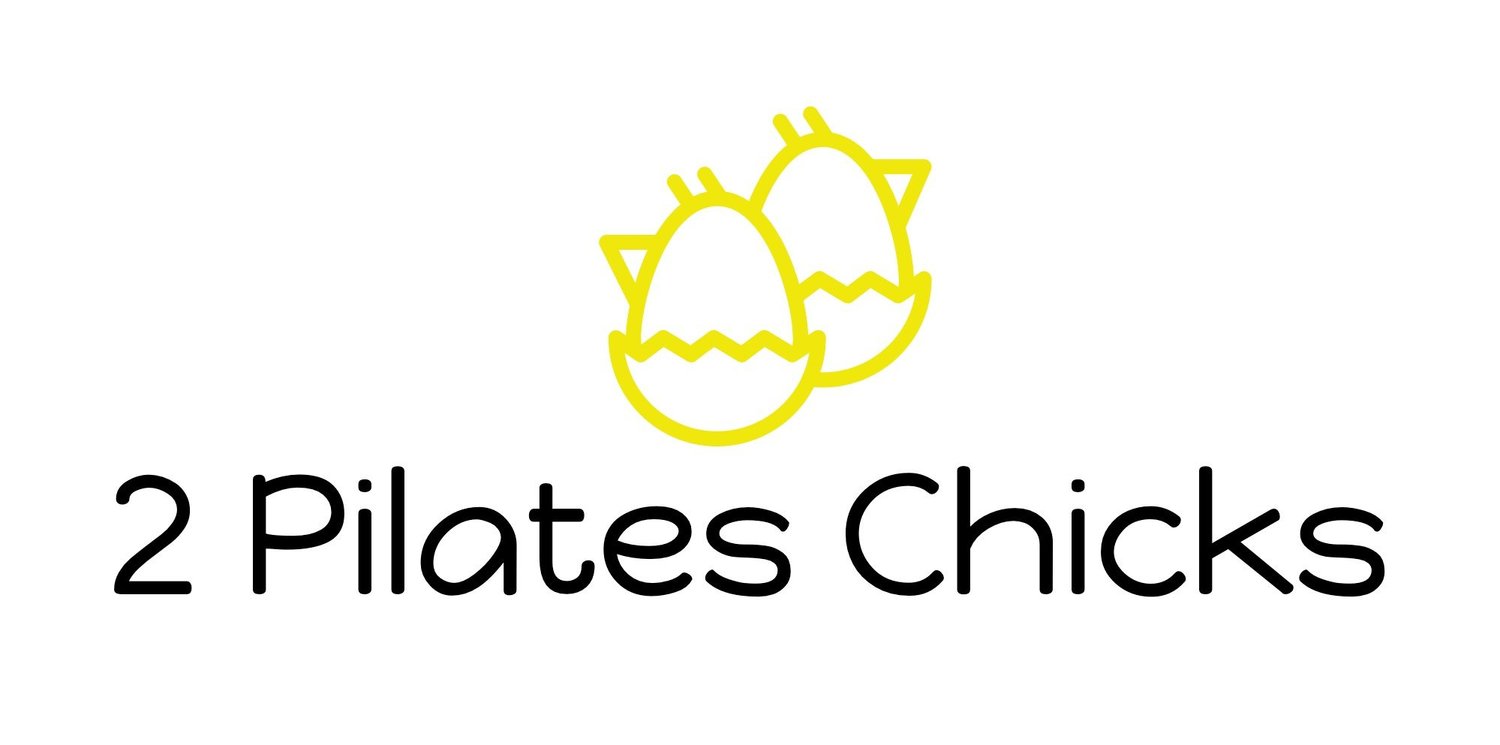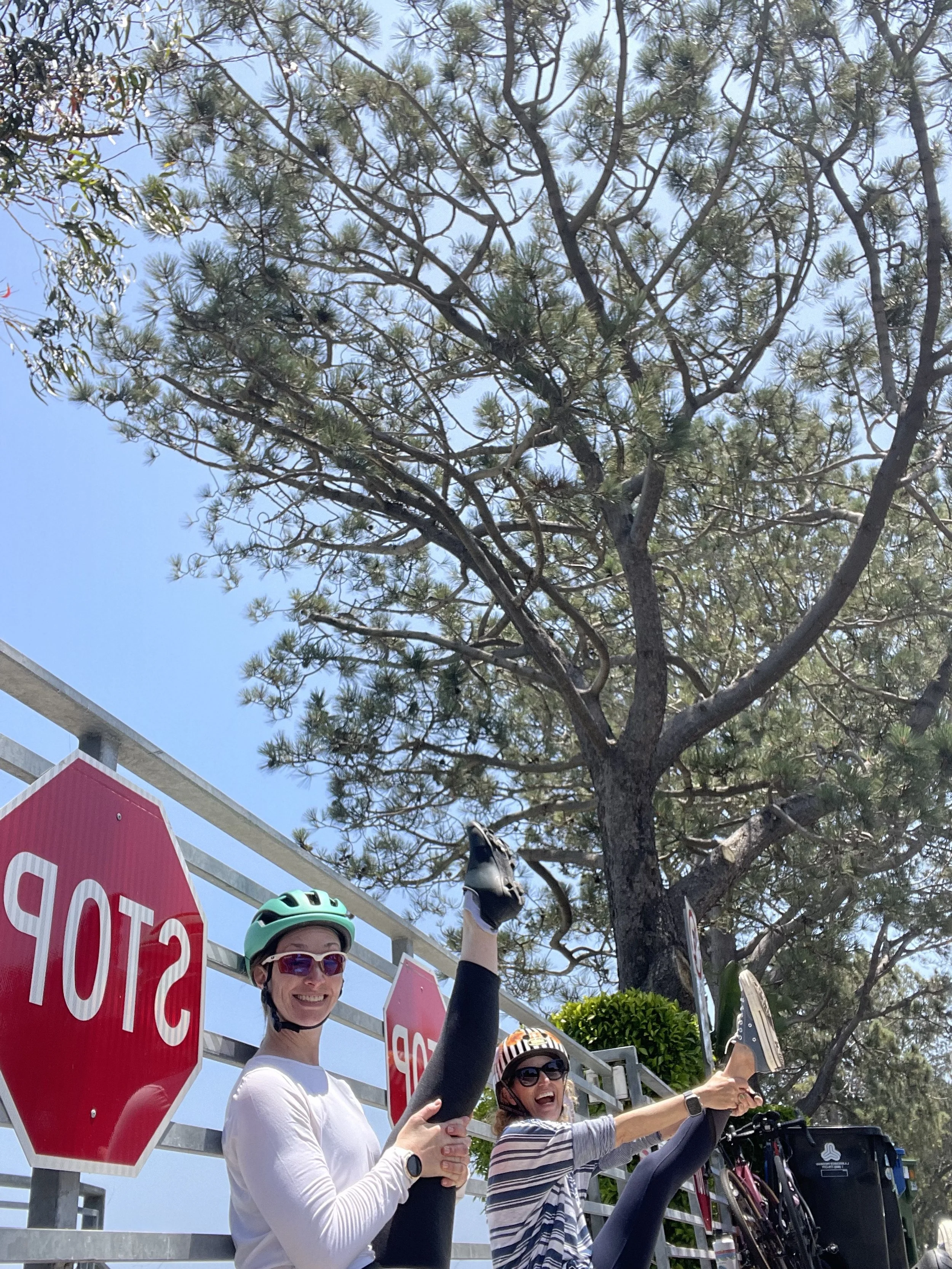How can Pilates teachers effectively handle demanding clients?
What are our options as Pilates teachers when we encounter a demanding client?
What do we do if a client is dictating what they will and won’t do, or how they do an exercise?
How can we work with a client that seems aggressive, entitled, and demanding, or who doesn't seem like they are willing to work with us?
In our podcast “The Demanding Client" we discuss the challenges of dealing with demanding clients, a personality type frequently encountered by Pilates teachers throughout their careers. Whether we're new or experienced teachers, navigating intense personalities can be quite challenging and unsettling, particularly when faced with clients who are argumentative, harsh, entitled, or unwilling to cooperate.
When we describe a client as demanding or entitled, it can encompass various behaviors depending on the situation. In any profession and in daily life, we often encounter difficult personalities. However, when working in client-focused careers like teaching Pilates, managing different personalities, including formidable ones, is constant. Within the Pilates studio, a demanding, aggressive, or entitled client can manifest in different ways. They might dictate how they perform an exercise based on their previous experiences with other teachers, or they may express specific preferences and limitations in their sessions and not be willing to hear our expertise on the matter. Such clients can display intense attitudes, communicate in an unforgiving or harsh manner, or exhibit a high degree of selectivity in the services they expect from us. At times, entitled clients might even make requests unrelated to the session, such as asking for water or assuming we are at their call for any whim or desire.
Navigating these situations can be particularly challenging for sensitive teachers, as managing more intense clients poses a need for the teacher to be more assertive. It's important to learn to navigate the balance between maintaining our authenticity as teachers and accommodating clients' needs and expectations to a reasonable extent. Each teacher must determine their willingness to accommodate client demands.
In these moments it is important to remember who we are as teachers. With demanding clients, we must remain confident in our abilities and avoid being pushed into uncomfortable teaching practices teach in a way that doesn't feel appropriate to our unique methodology. Regardless of the client's demands, we must maintain our personal boundaries, understand our scope of practice, teaching style, and values, and discern the most effective and empathetic approach to help the client progress safely. Building confidence becomes essential when confronted with argumentative or harsh clients.
So, how do we accomplish this? One option is to initiate a discussion with the client, helping them understand our plan for their studio sessions. We can explain that their previous approach was also valid, but on that particular day, we suggest trying a different version of an exercise to explore new sensations. By providing insights into our thought process, goals for their Pilates practice, and the rationale behind exercise selection based on their specific needs, we enable the client to comprehend our perspective and potentially build trust between client and teacher.
Simultaneously, if we strive to understand the client's thoughts, motivations, and fears, we can establish better communication to navigate their intensity and demands. Clear communication and active listening from the teacher's side can improve the client's experience, foster trust, and create a safe space within the studio. Often, a harsh and demanding attitude stems from underlying fear or uncertainty. The client might have had a traumatic experience in the past or a history of pain and injuries, which leads to guardedness and hesitancy in trying new or different exercises. Thus, it is important to genuinely listen to the client's concerns, observe their movements, and pay attention to their overall demeanor to gain a better understanding and meet them where they are in their journey that day.
In certain instances, a client may need to feel safe and heard before they can fully trust us to guide them. Sometimes, they may desire a specific exercise during a session because their intuition tells them it will be beneficial for them that day. It is entirely appropriate to allow clients to influence their exercise selection based on their embodied sensations. As teachers, we observe and listen to the client, teaching them how to listen to their own bodies and gain awareness of their needs. Occasionally, clients may have valuable insights into what would be effective for them in the moment, and as teachers, we should acknowledge and incorporate their input.
However, if a client persistently insists on dictating their entire workout, refusing certain exercises, or determining how they should be performed, we need to make decisions on how to best handle the situation. We may choose to openly discuss the matter with them, allowing them to have some control over one or two exercises, with the intention of gradually guiding them back to the original direction. Alternatively, we might need to stand firm and clearly communicate our boundaries in saying no.
At times, allowing certain client preferences to be accommodated can help create a more cooperative atmosphere, making them more receptive to our guidance in subsequent exercises and sessions. For instance, we can let them perform the exercise they desire initially, but in the following session, gently suggest trying a different approach.
However, if the client consistently insists on dictating every aspect of their session, refusing to follow our guidance, we need to question their purpose for being in guided private sessions. As teachers, it can feel invalidating and frustrating when clients disregard our expertise and refuse to listen. Yet, it is essential to recognize that their behavior often stems from their own expectations, needs, and insecurities, and is not truly about us as the teacher or our expertise. They might seek companionship to simply chat while engaging in exercises they enjoy, and if it works for both the teacher and the client, that arrangement can be acceptable. However, if it doesn't align with our own values of how we teach, it is necessary to address the issue. It is possible that the client is unaware of how they come across to us, and initiating an open discussion can facilitate change in their approach to the sessions. Alternatively, it may lead us to realize that our teaching style is incompatible with their needs, and in such cases, we can refer them to another studio or teacher who we believe may be better suited to meet their expectations.
Dealing with demanding clients can be particularly challenging for newer teachers or those trying to build their client base. When we're trying to build up a consistent schedule of clients, it might feel difficult to turn away any potential clients, even if they don't seem like the right fit. In such instances, managing demanding clients becomes a matter of finding ways to maintain their patronage without becoming overwhelmed or dreading each session.
Ideally, client-teacher relationships should involve two-way communication and feedback. By acknowledging the client's concerns and simultaneously guiding them in a specific manner, we can convey that we value their input while ensuring their progress aligns with our expertise. Both the client and the teacher share the common goal of helping the client feel better, and by fostering trust within the safe space of the studio, we can create an environment where the client feels cared for, safe, heard, and understood.
Navigating demanding personalities remains a challenge throughout our careers. It can be frustrating and make us feel dismissed, flustered, or irritated, as if our knowledge is being undermined. While the client possesses a deeper understanding of their bodily sensations, we, as teachers, possess expertise in movement science and Pilates. We guide them through movement, while they provide feedback on how their body responds and how they feel during the process. Establishing a productive and safe practice requires a mutually beneficial give-and-take approach. Together, we can determine the most effective path, working collaboratively to optimize their Pilates experience during their studio sessions.
When dealing with any client, especially demanding ones, it is crucial to remain true to our values as teachers, maintaining our unique style and philosophy. Each teacher possesses their own teaching approach and methodology, even though we adhere to the same principles of movement theory, code of ethics, and scope of practice. It is fully acceptable to let go of clients who take advantage of the situation. While we do sometimes maintain clients who are not necessarily fully compatible with our teaching style, we must maintain our confidence in our unique teaching methodology. There will be another teacher who is better suited for this client and that is ok to refer them out. While there is a teacher for every client, sometimes we aren't the best fit for each other.
The give-and-take of information and feedback is vital in creating a mutually beneficial relationship between the client and teacher, fostering safe, empathetic, and effective sessions. Sometimes a demanding client is simply scared or unsure and needs reassurance that we are there for them, will keep them safe, and hear what they are saying and feeling. Sometimes, if we can dig through the core issues with them, they may even become a long-time client and possibly one of our favorites to teach!






